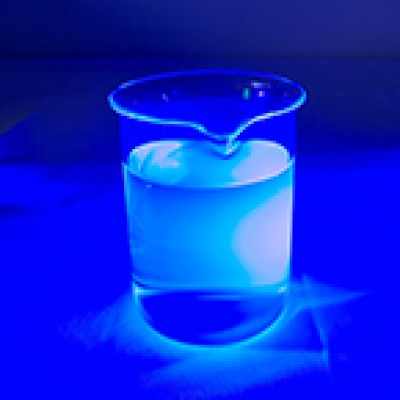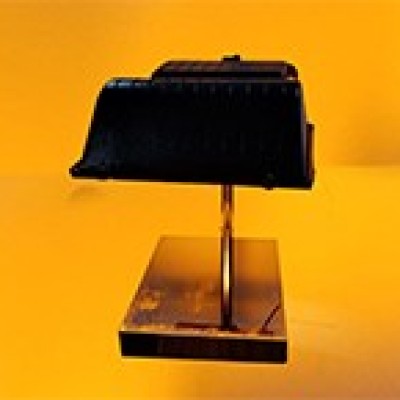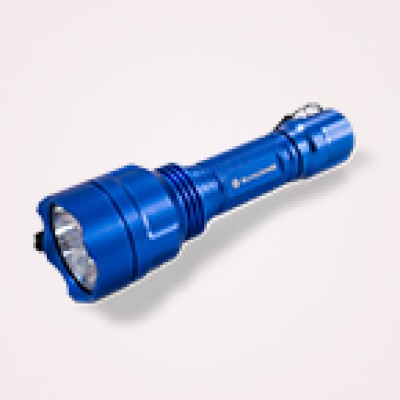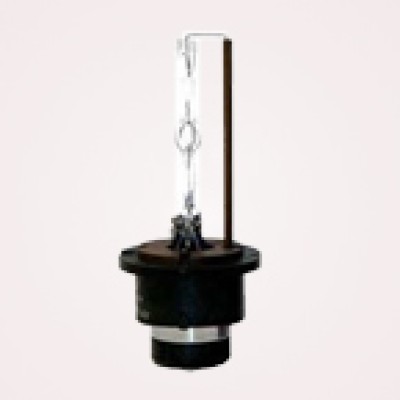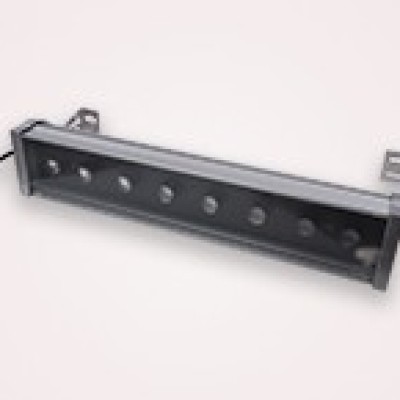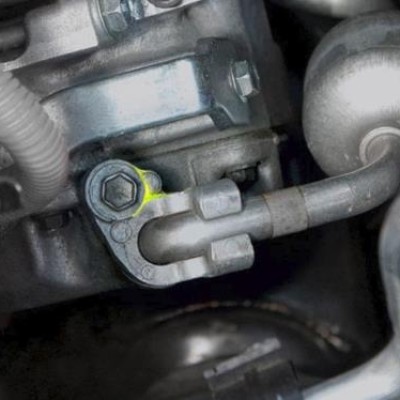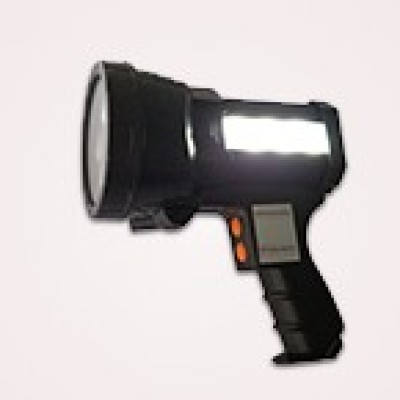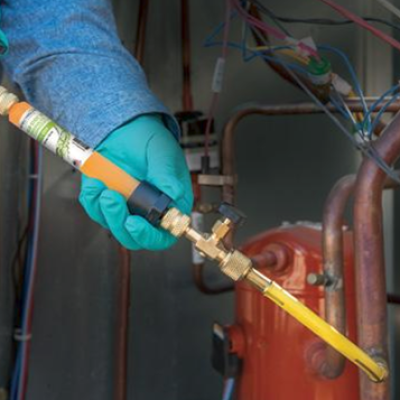Over many decades, visible light sources were used during most searches of crime scenes. Although some forensic investigators would occasionally use UV lights to examine for crime scene evidence, visible light was the mainstay. We call it forensic light source.
In the 1990s the the high intensity white light slowly revolutionized alternate light source analysis of physical evidence since these device with compact design, could provide an intense light beam that could be passed through various filters covering from visible blue, green, yellow and red light. Using these colors enhanced the ability to reveal an abundance of what would otherwise be invisible evidence. But one element is still missing.

Certain materials possess a property called fluorescence. Fluorescence occurs when light of a certain wavelengths and spectrum strikes an object, and the object returns light of a different color and frequency. This fluorescence is much weaker in intensity than the light beam that created it, so to visualize the fluorescence, the crime scene technician must use filtration that blocks the visible light but passes the fluorescence. For example: if blue light, the filter must be orange in color. This blocks the intense blue light but passes the weak fluorescence. UV light, on the other hand, is invisible, but it produces visible fluorescence from certain objects and substances.
Blood, even minute quantities that remain after clean-up, can be made to “luminance;” that is, by spraying certain chemicals such as fluorescene on the various surfaces, blood will glow in the dark—and adding blue light is not necessary. So what can forensic light sources reveal? Although blood does not fluoresce, certain other physiological fluids will. Forensic light sources can reveal the following: seminal fluid, saliva and urine stains. Also, certain narcotics will fluoresce as will bone and teeth fragments.
Other uses of forensic light sources Indeed, many forms of physical evidence will fluoresce. But modern science has resulted in the development of chemicals that “make” objects fluoresce. When using fluorescent chemicals, latent fingerprint development can be greatly improved. Fluorescent powders have the ability to make the latent residue on a surface fluoresce. The benefit here is that the ridges fluoresce brightly and when photographed, a multi-colored or confused background can be minimized to the point where it does not show up in photographs. Fluorescent liquids are used to develop latent prints on porous surfaces such as paper and cardboard.

Fluorescent dyes are used to enhance latent prints developed using superglue fuming. The use of forensic light sources provides a highly practical and efficient means of locating physical evidence at crime scenes. The invention and perfection of LEDs has further advanced evidence recovery since a small, hand-held flashlights, and their performance is remarkable.
As for the leading supplier in the special light source, Sunlonge developed the full set of forensic light source with the newest LED technology. Due to the high performance, now lots of the forensic light source are approved by many authorized labs. With devoted to this field, we will have more reliable lamps for the customers in the future.
 CN
CN

